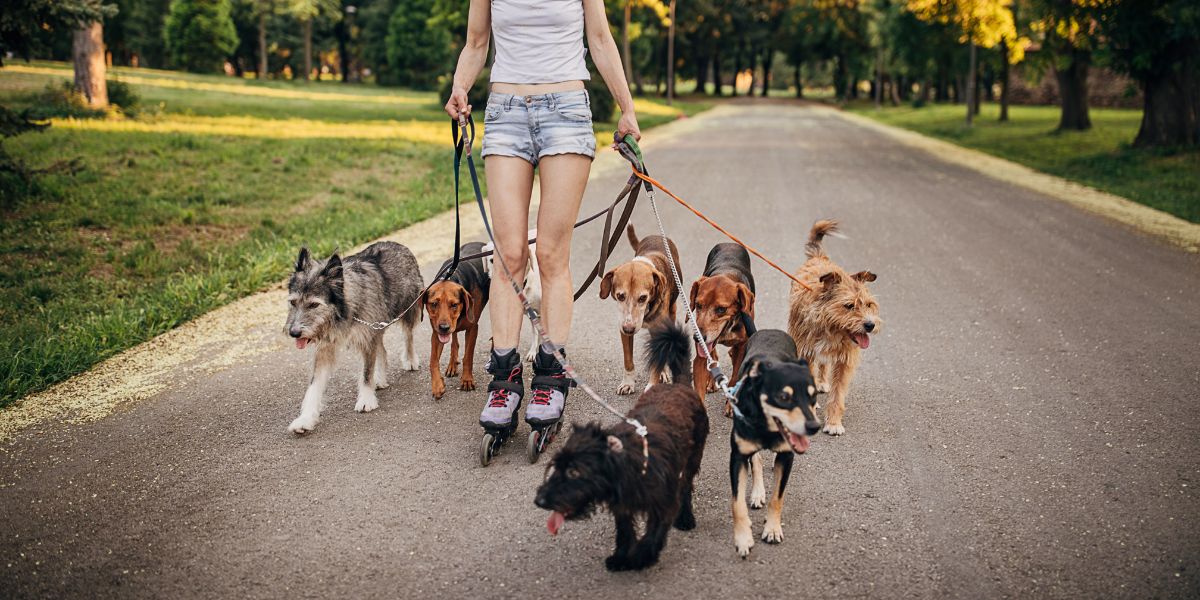Summer dog walking – tips for you and your pet
Summer offers plenty of outdoor fun and adventure opportunities with your four-legged companion.
However, when the temperatures rise, the seemingly simple act of walking your dog requires special attention. This article examines the essential rules for walking your dog on hot summer days, ensuring your dog’s safety, comfort and enjoyment.
Timing is everything
Avoid walking your dog during the hottest part of the day, usually between 10 am and 6 pm. During these hours, the sun is at its peak, and temperatures reach their highest thresholds, making conditions potentially dangerous for your pet.
Instead, opt for early morning or late evening walks when the weather is cooler and more pleasant. Not only is it safer, but the calmness of these times can make walks more enjoyable and less stressful for your dog.
Hydration is key
Dogs need to stay hydrated, just like humans, especially when exercising in hot weather. Take plenty of fresh water for your dog when you go out for a walk. Many portable dog water bottles with built-in bowls are available on the market.
If your dog seems reluctant to drink from the bowl, reward him with a favorite snack or use commercial dog flavors to encourage hydration.
Protect the dog’s paws
Hot pavement can burn your dog’s sensitive paws. Always test the pavement by hand before walking; if it’s too hot for your hand, it’s also too hot for your four-legged friend to walk on the asphalt.
Investing in dog booties can help protect your dog’s feet from hot surfaces. Alternatively, stay on grassy paths or shaded areas where the ground is cooler.
Know the signs of insolation
Dogs are susceptible to heatstroke, a potentially life-threatening condition. Signs of heatstroke in dogs include panting or excessive drooling, difficulty breathing, increased heart rate, weakness or collapse, seizures, and an elevated body temperature of 104°F (40°C) or higher.
If you suspect your pet is suffering from heat stroke, remove it from the heat, offer a small amount of water and contact a veterinarian immediately.
Use a correctly fitted harness
When walking your dog in any weather, a well-fitting harness is a better choice than a collar, giving you more control over your dog while reducing the risk of injury.
In hot weather, however, make sure the harness does not cause the dog to overheat. Look for lightweight, breathable harness options that will be more comfortable during the summer.
Protect the dog against parasites
Summer is peak time for ticks, fleas and other pests that can harm your dog.
Be sure to use a preventative flea and tick treatment and always check your dog for parasites after walks. Ask your veterinarian about the best parasite prevention measures to protect your dog.
In conclusion, walking dogs in the summer requires conscious efforts to ensure their well-being. By understanding the challenges of heat and taking proactive measures, you can continue to enjoy outdoor activities with your dog while keeping him safe and comfortable.
Remember, every dog is unique, and what works for one may not work for another. Always observe your pet’s behavior, take care of it properly during the summer and consult your veterinarian with any concerns.



